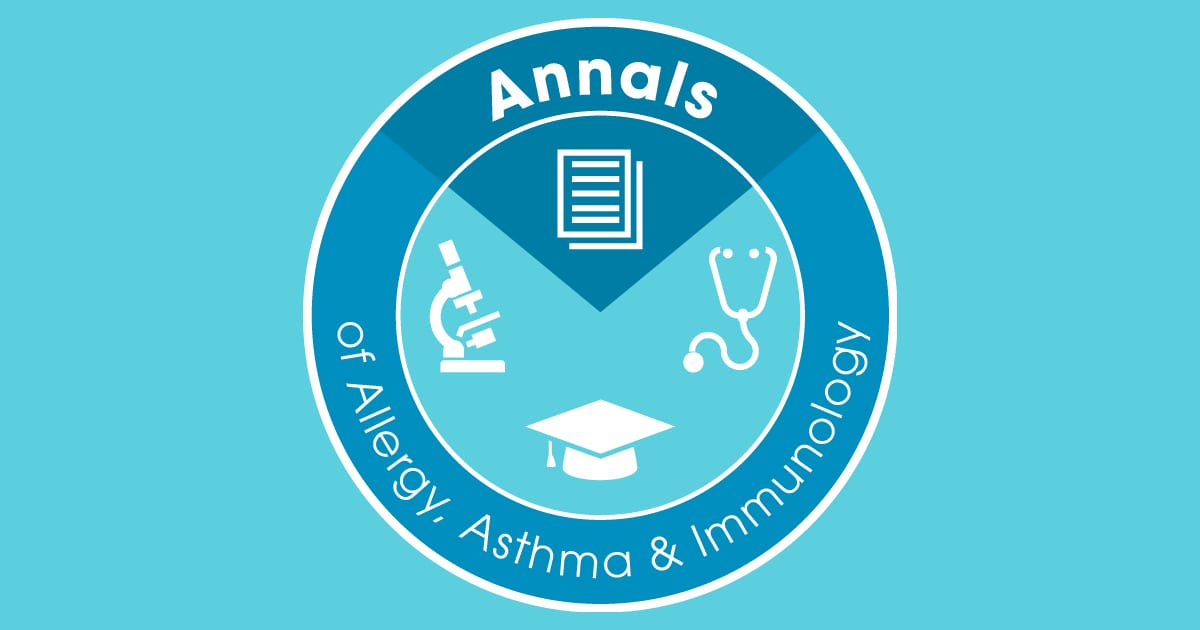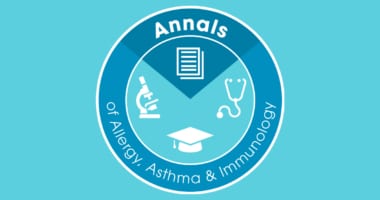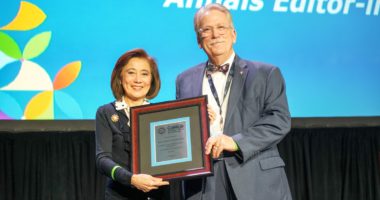Happy February! It has been a long, cold winter in many parts of the country, and it is not over yet (Punxsutawney Phil says six more weeks)! There is some cautious optimism about the pandemic as vaccines become available for various parts of the world, including us. Even with all of this, we still have the privilege of seeing and caring for our patients. This month’s Annals theme is aspirin exacerbated respiratory disease (AERD). We have a very distinguished and informative slate of articles that provide the reader with updated information and recommendations that can improve the quality and outcomes of the care we seek to provide these patients.
First off is an excellent review article by Kathleen M. Buchheit, MD and Kathryn Hulse, PhD from Boston and Cambridge who describe the role of local immunoglobulin production in nasal tissues as a component of the pathogenesis of chronic rhinosinusitis with nasal polyps (CRSwNP) and AERD. There is evidence that local activation of B cells and antibody production is important for pathogenesis of chronic rhinosinusitis with CRSwNP and the even more severe AERD. There is also evidence to support a role for local B cell activation and antibody production in a variety of allergic diseases. Nasal polyp tissues from patients with CRSwNP and AERD have elevated levels of activated B cell subsets and locally produced antibodies that may contribute to disease pathogenesis in a variety of ways, including activation of innate effector cells, while locally activated B cells may contribute to pathogenesis through the activation of T cells. Targeting the processes that drive local B cell activation and antibody production may provide new therapeutic approaches.
Speaking of innate lymphoid cells, another compelling review article was authored by Whitney W. Stevens, MD, PhD and Atsushi Kato, PhD from Chicago who describe the characteristics of group 2 innate lymphoid cells (ILC2) in nasal polyps (NPs). There is increasing evidence that ILC2 may play an important role in CRSwNP pathogenesis. Interestingly, NPs are one of the first tissues in which human ILC2s were described, and these cells are significantly elevated in NPs. ILC2s in NPs are also highly activated and produce type 2 cytokines in vivo. The authors review the evidence to support the notion that targeting upstream mediators responsible for activating ILC2s as well as downstream products that these cells release may play an important role in modifying the inflammatory response and improving clinical outcomes in CRSwNP.
Please be safe and get your vaccine when available if you have not done so already. The Annals has COVID-19-related information both online and in print that will be helpful to you in your care of your patients. Stay safe everyone!



